Increasing Aging Population
The aging population in South America is a critical driver for the heart failure-drugs market. As individuals age, the risk of developing heart failure escalates, leading to a higher demand for effective treatments. In 2025, it is estimated that approximately 15% of the population in South America will be over 65 years old, a demographic that is particularly susceptible to cardiovascular diseases. This demographic shift necessitates the development and availability of heart failure drugs, as healthcare systems strive to manage the growing burden of heart-related ailments. Consequently, pharmaceutical companies are likely to invest in research and development to cater to this expanding market, thereby enhancing the heart failure-drugs market in the region.
Rising Healthcare Expenditure
Healthcare expenditure in South America has been on an upward trajectory, which significantly impacts the heart failure-drugs market. Governments and private sectors are increasingly allocating funds to improve healthcare infrastructure and access to medications. In 2025, healthcare spending in the region is projected to reach $1 trillion, with a notable portion directed towards chronic disease management, including heart failure. This increase in funding facilitates the availability of advanced heart failure drugs, enabling healthcare providers to offer better treatment options. Moreover, as patients gain access to innovative therapies, the overall quality of care improves, further driving the demand for heart failure medications.
Growing Awareness and Education
There is a notable increase in awareness and education regarding heart failure in South America, which serves as a significant driver for the heart failure-drugs market. Public health campaigns and initiatives by healthcare organizations aim to educate the population about the symptoms, risks, and management of heart failure. As awareness grows, more individuals are likely to seek medical attention, leading to earlier diagnosis and treatment. This trend is expected to result in a higher prescription rate of heart failure drugs, as healthcare providers respond to the increased demand for effective therapies. Consequently, the heart failure-drugs market is poised for growth as more patients are diagnosed and treated.
Increased Collaboration Between Stakeholders
Increased collaboration between stakeholders, including pharmaceutical companies, healthcare providers, and government agencies, is a driving force in the heart failure-drugs market. Partnerships and alliances are being formed to enhance research efforts, share resources, and improve access to medications. In 2025, collaborative initiatives are expected to focus on addressing the challenges of heart failure management, such as improving patient adherence to treatment regimens. This collaborative approach not only fosters innovation but also ensures that patients receive timely access to the latest heart failure drugs. As stakeholders work together, the heart failure-drugs market is likely to benefit from enhanced product availability and improved patient outcomes.
Technological Advancements in Drug Development
Technological advancements in drug development are transforming the heart failure-drugs market in South America. Innovations such as artificial intelligence and machine learning are streamlining the drug discovery process, enabling faster and more efficient development of new therapies. In 2025, it is anticipated that the introduction of novel drug formulations and delivery systems will enhance treatment outcomes for heart failure patients. These advancements not only improve the efficacy of existing medications but also pave the way for personalized treatment approaches. As a result, the heart failure-drugs market is likely to experience a surge in new product launches, catering to the diverse needs of patients.


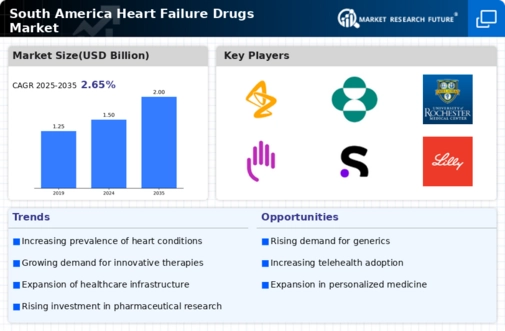
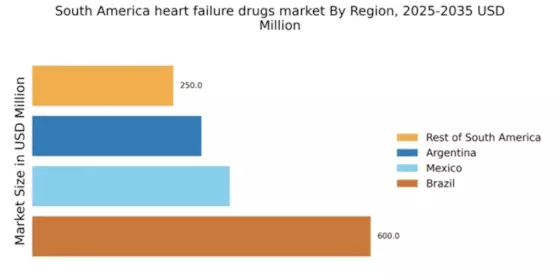
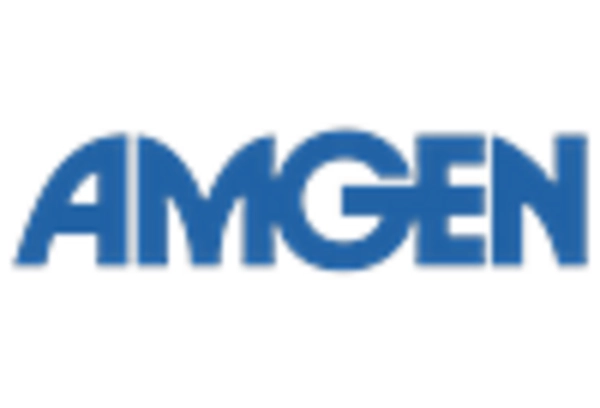
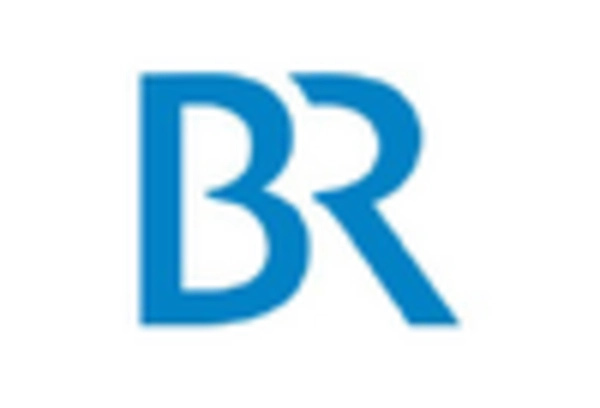

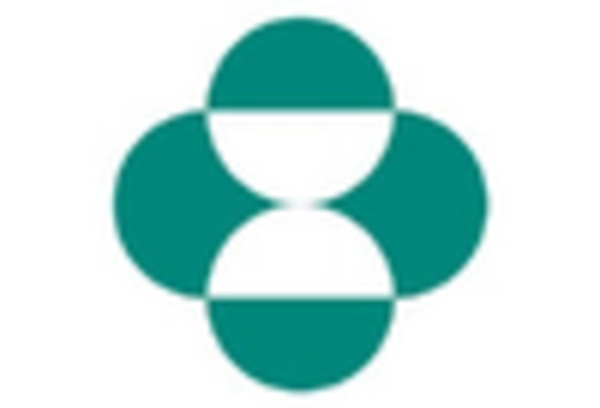

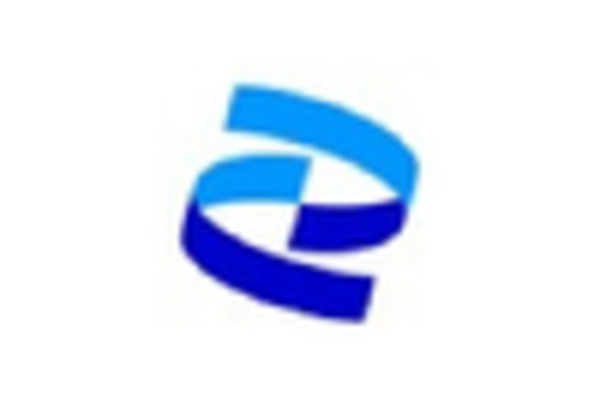








Leave a Comment